Summary
Cooling fans are critical components in portable medical devices like ventilators and pumps, where they play a vital role in thermal management and operational reliability.
The growing demand for compact, high-performance medical technology has made effective cooling solutions essential to prevent overheating and ensure consistent, safe performance during patient care. Inadequate thermal management can lead to device malfunctions, compromising treatment and increasing the risk of medical errors.
The rapid evolution of semiconductor technology has increased the processing power of portable medical devices, which in turn generates more heat. This necessitates sophisticated cooling systems to maintain optimal operating temperatures.
As a result, innovations in fan design, materials, and energy efficiency have become central to the development of modern medical equipment.
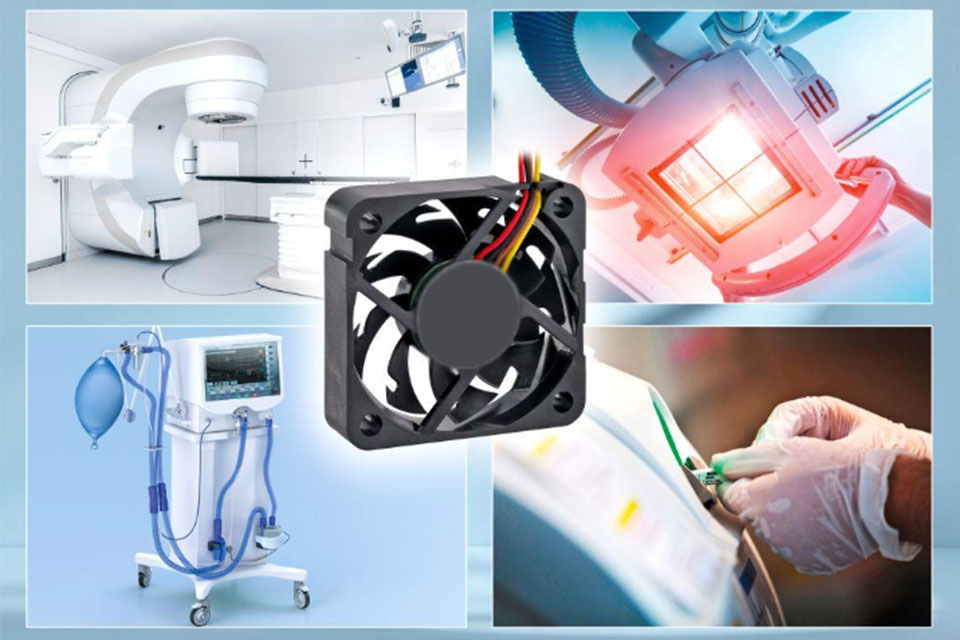
The Role and Importance of Cooling Fans
Thermal Management in Medical Devices
Medical devices generate significant heat during operation. Without proper cooling, their performance and longevity can be severely compromised.
Cooling fans are integrated into devices like ventilators and pumps to dissipate this heat, ensuring they operate within safe temperature ranges. As medical instruments become more compact yet more powerful, the need for advanced and efficient cooling solutions becomes even more critical.
Engineers are developing innovative systems, such as two-phase cooling which uses vapor to transfer heat, to manage the thermal loads of these advanced devices.
Impact on Device Performance and Safety
Effective cooling directly impacts the reliability and efficiency of medical devices and is crucial for patient safety. Poorly managed temperatures can damage sensitive electronic components, leading to misdiagnoses or treatment failures.
In broader healthcare settings, proper thermal management, such as in HVAC systems, also helps maintain air quality and humidity levels, which can prevent the spread of hospital-acquired infections.
Consumer Demand and Technological Innovations
There is a rising consumer demand for medical devices that are not only high-performance but also quiet and sleek. This has pushed manufacturers to innovate in fan technology, balancing robust thermal management with user preferences for minimal noise and low energy consumption.
This trend has influenced the design of cooling fans across both commercial and industrial applications, highlighting their importance in healthcare technology.
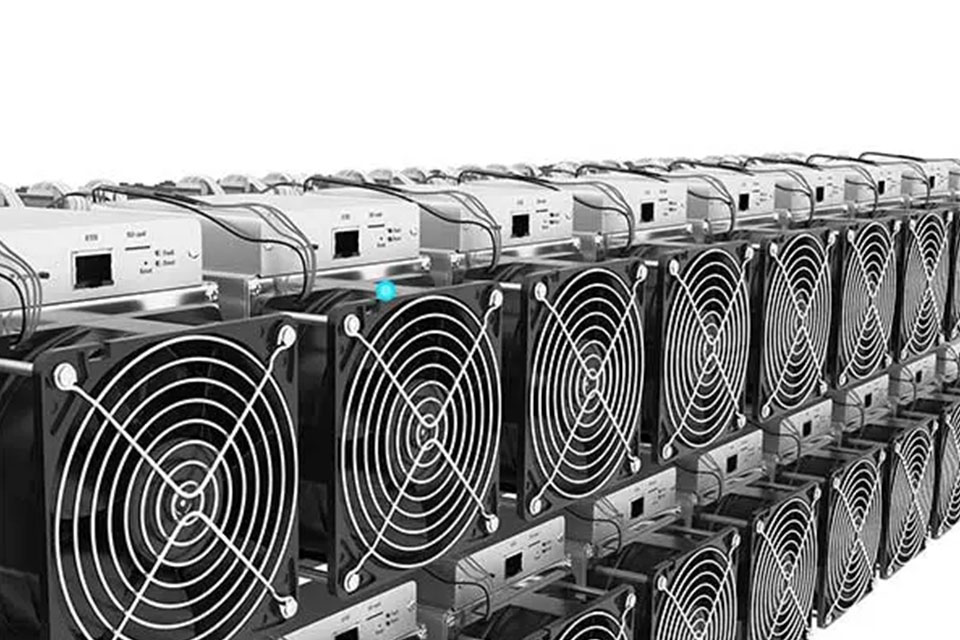
Fan Selection and Types in Applications
The selection of a cooling fan for a portable medical device depends on the specific requirements of the application, including airflow needs, space constraints, and noise considerations. The two most common types are axial and centrifugal fans.
Axial Fans
Axial fans are characterized by blades that rotate around a central axis, moving air parallel to that axis. They are suitable for applications requiring high airflow at low static pressure.
Due to their energy efficiency and simple maintenance, axial fans are often used in smaller, more compact medical devices where space is limited and resistance to airflow is minimal.
Centrifugal Fans
Centrifugal fans, also known as blowers, draw air into the center of a rotating impeller and push it outward at a right angle to the fan's axis.
This design creates a stronger, more directed airflow, making it ideal for applications with higher resistance, such as those with complex ductwork or densely packed components. Centrifugal fans can maintain performance even in environments where airflow is impeded, ensuring consistent cooling for critical systems.
Both fan types are crucial for managing the thermal loads generated by high-performance portable medical devices, and the choice between them is a key design consideration.
Design, Technology, and Materials
Innovations in Fan Design
Recent advancements in materials science have led to the development of lighter, more efficient materials for cooling fans. These new materials help reduce the overall weight of medical devices, enhancing their portability without sacrificing cooling performance.
As the medical field moves toward more compact and powerful devices, these enhanced thermal management strategies are becoming increasingly important.
Customization and Energy Efficiency
The trend toward customization in medical devices extends to cooling fans. Manufacturers now offer a variety of functional and aesthetic options to meet specific user and operational needs.
Energy efficiency is a top priority, especially as healthcare facilities aim to reduce their carbon footprint. The integration of brushless DC motors in cooling fans is becoming more common, as they offer significant advantages in energy savings and noise reduction compared to traditional AC motors.
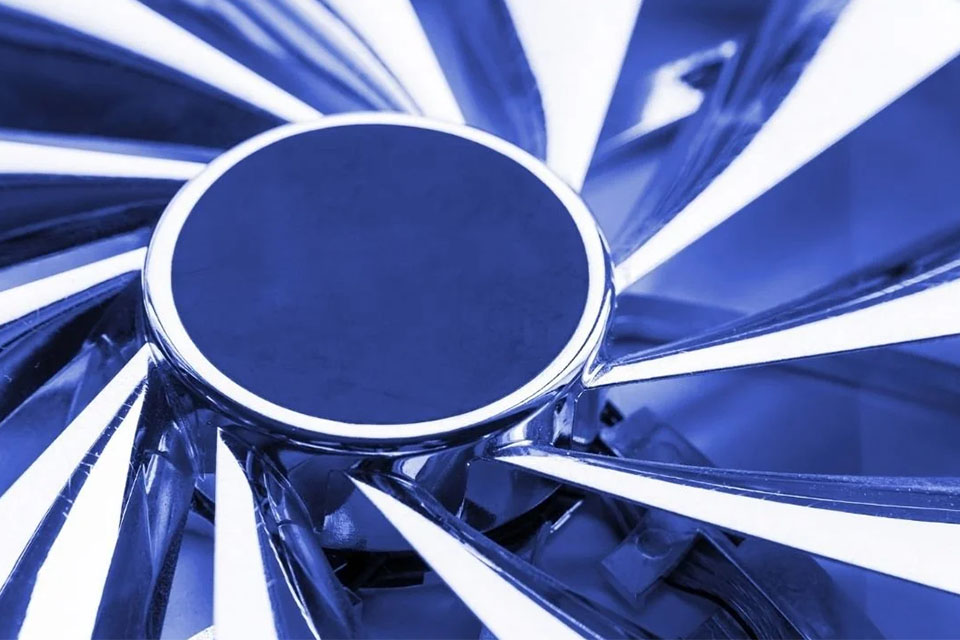
Regulatory Standards and Compliance
The design and manufacture of cooling fans for medical devices are governed by strict standards to ensure safety, efficacy, and quality.
Key Compliance Standards
Manufacturers must adhere to several key standards, which vary by region but typically include:
· ISO 13485: A quality management system standard for medical devices.
· ISO 14971: Focuses on risk management processes for medical devices.
· 21 CFR 820: A U.S. FDA regulation ensuring device safety and quality throughout development.
Staying updated with guidelines from regulatory bodies like the FDA and the European Medicines Agency (EMA) is essential for ongoing compliance.
Documentation, Testing, and Validation
Thorough documentation of maintenance and inspections is a vital part of regulatory compliance. Rigorous testing and validation protocols are also critical to assess the performance and safety of cooling fans, including evaluating potential failure modes. This ensures that the fans meet design specifications and regulatory requirements, contributing to overall patient safety.
Challenges in Design and Implementation
Thermal and Manufacturing Constraints
Effective thermal management must be considered from the very beginning of the design process to avoid costly redesigns. The placement of components and the design of thermal pathways directly impact heat distribution and the effectiveness of the cooling solution.
Additionally, manufacturing constraints such as assembly processes and material availability can influence how thermal solutions are integrated.
Reliability and Maintenance
The reliability of cooling systems is critical, as any failure can have severe consequences for patient safety. Components must be designed for minimal downtime and easy maintenance.
The fans themselves must be carefully selected to balance cooling performance with noise levels, as audible noise can be a significant factor depending on the device's end use.



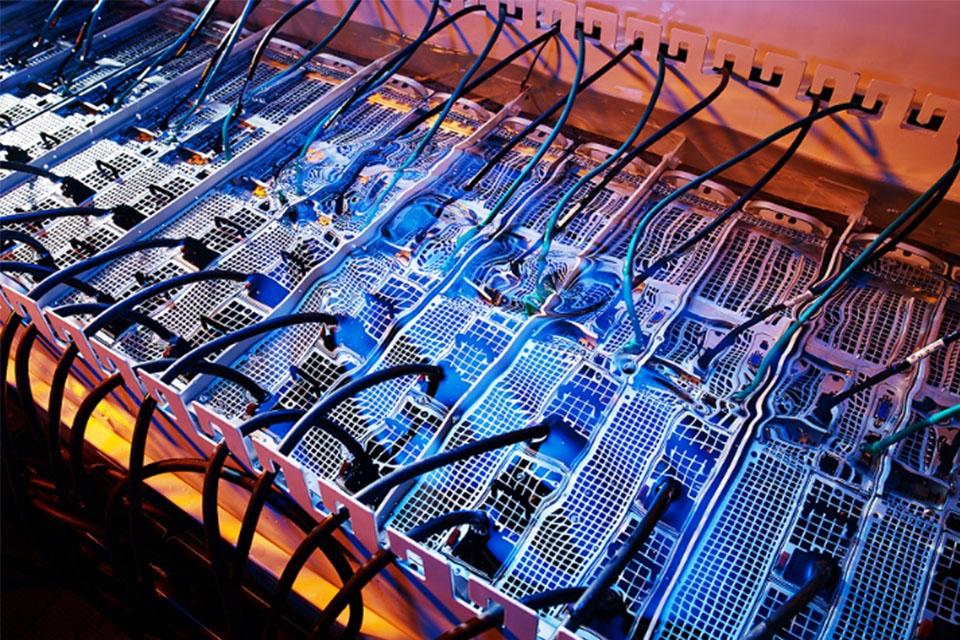 Why Blower Fans Are Essential in Fiber Optic Equipment
Why Blower Fans Are Essential in Fiber Optic Equipment
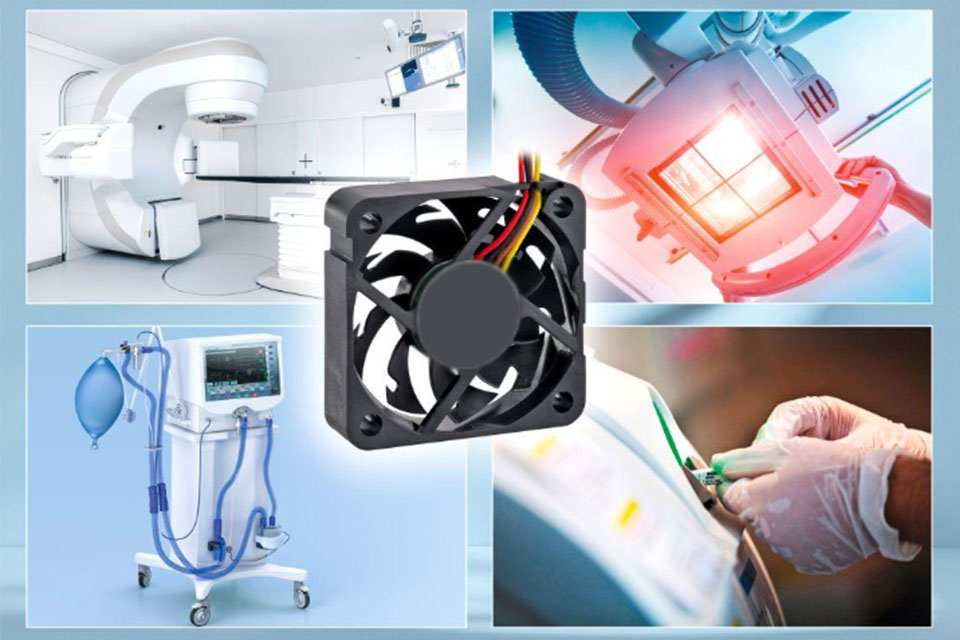 Cooling Fans in Portable Medical Devices
Cooling Fans in Portable Medical Devices
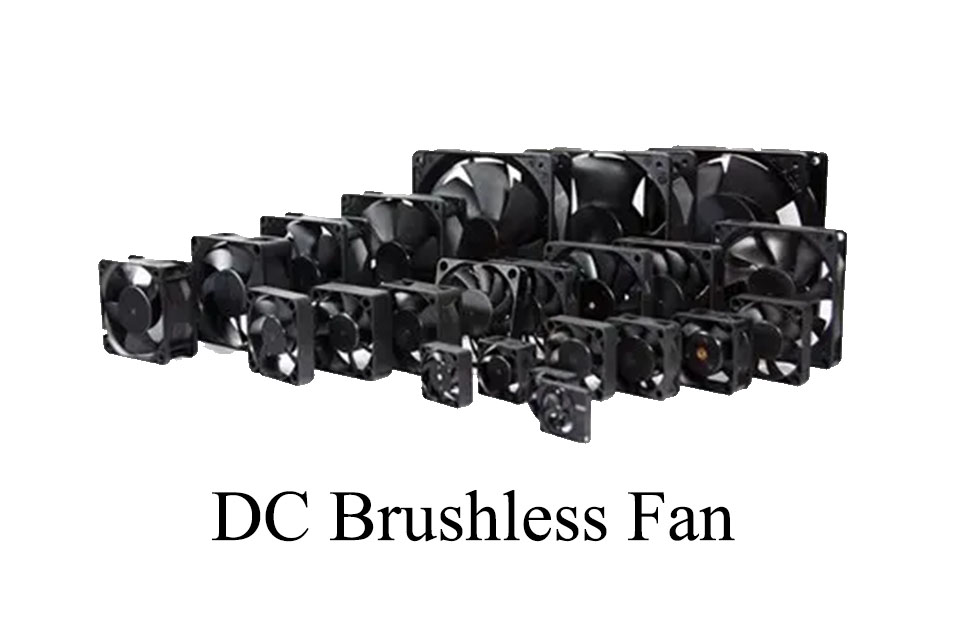 The Critical Role of DC Brushless Fans in Modern Electronics Cooling
The Critical Role of DC Brushless Fans in Modern Electronics Cooling
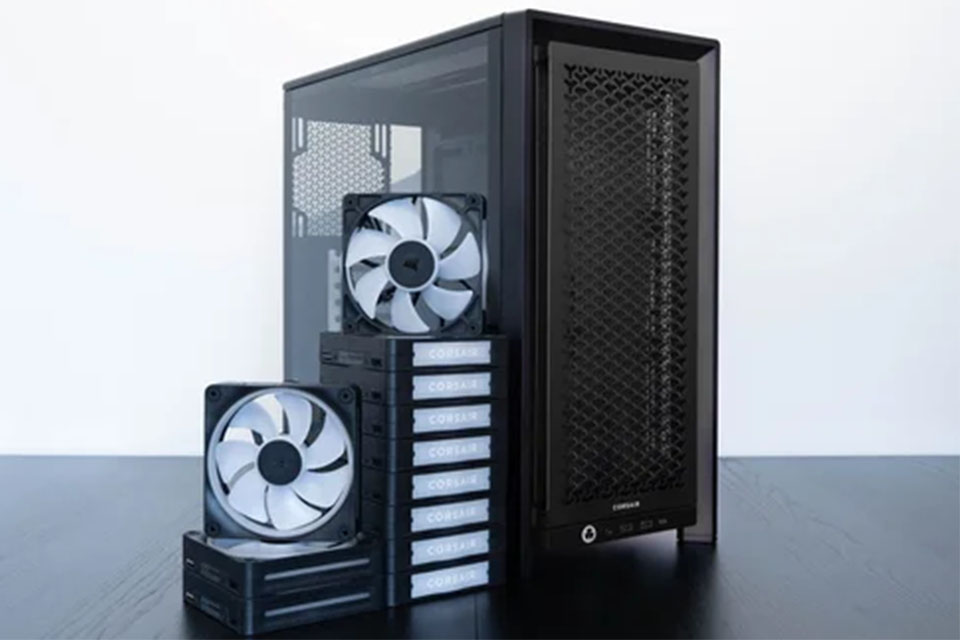 Water-Resistant DC Fans for Harsh Environments
Water-Resistant DC Fans for Harsh Environments

